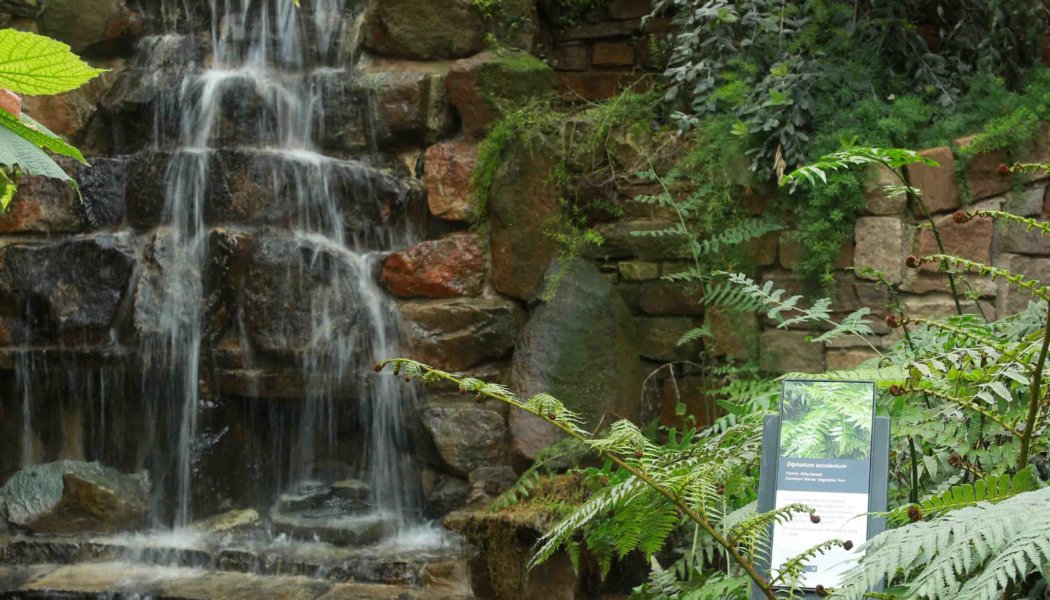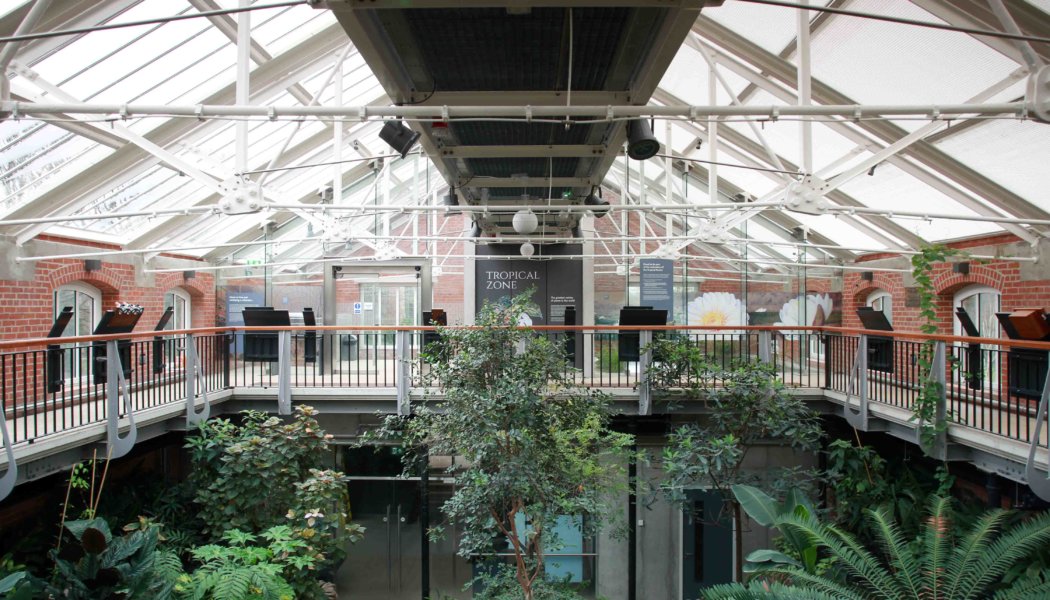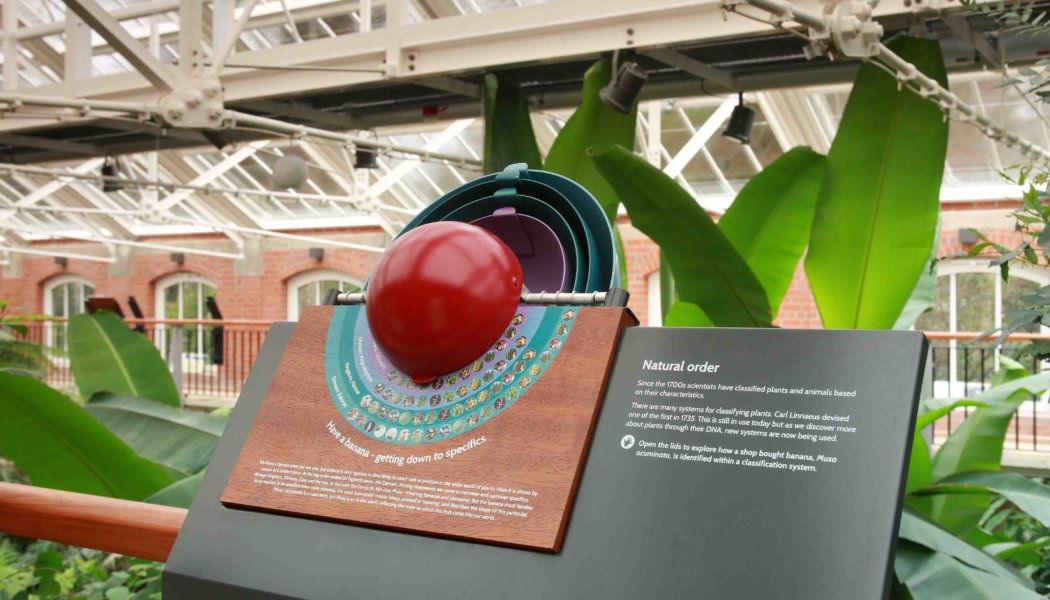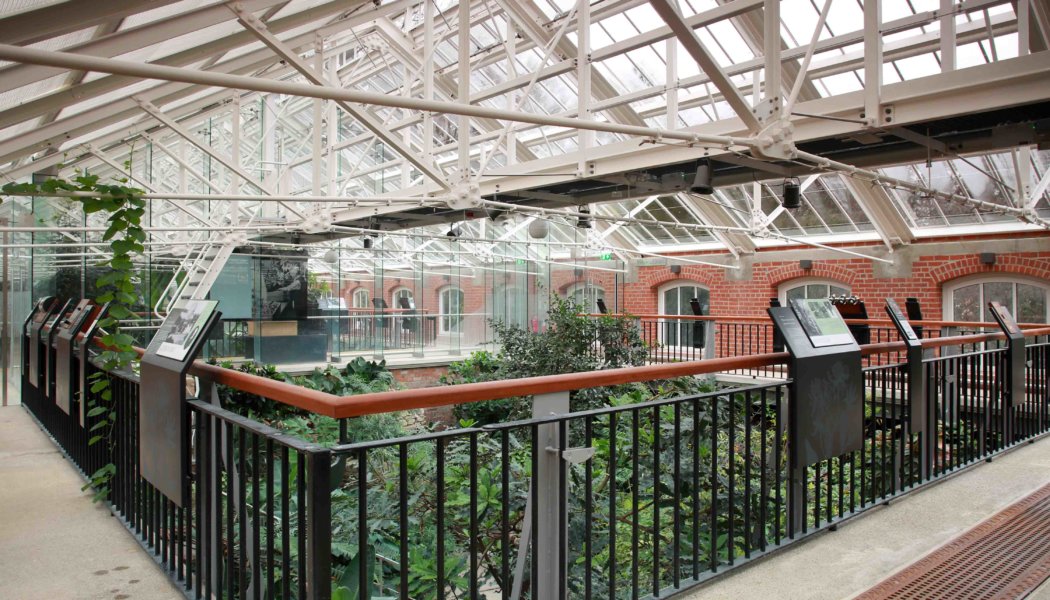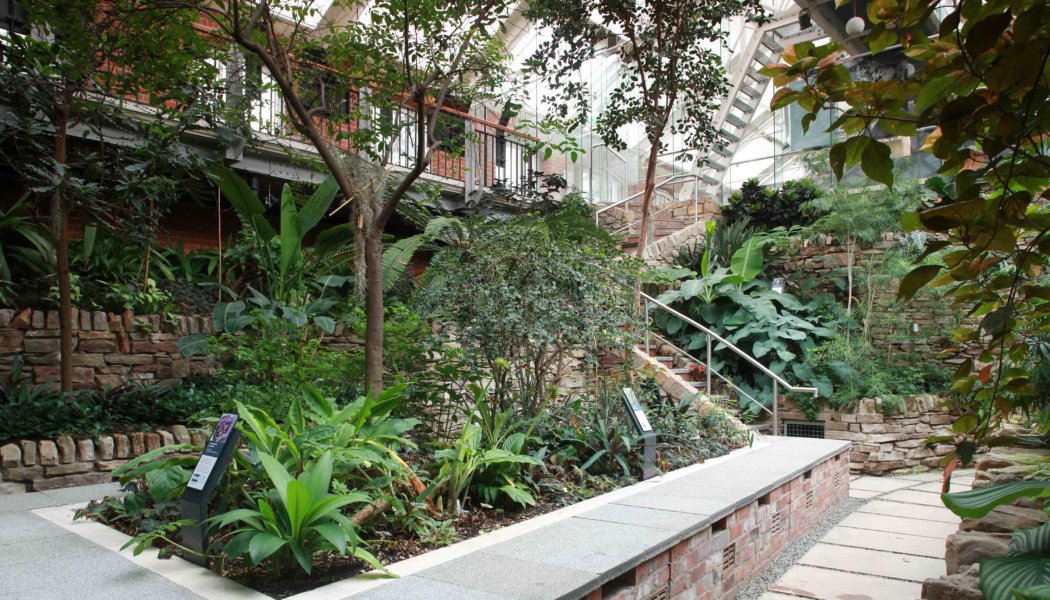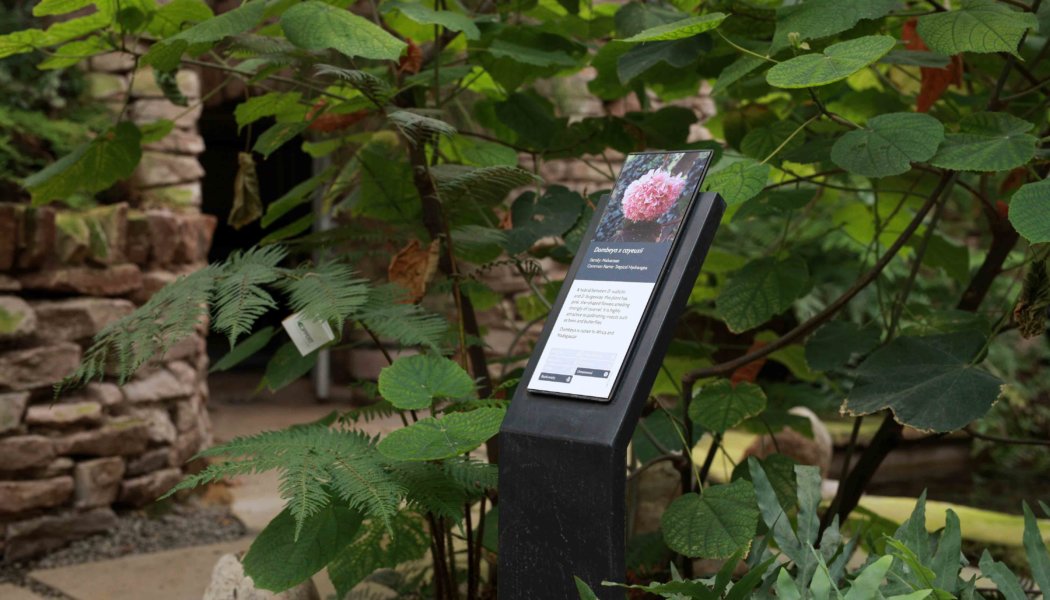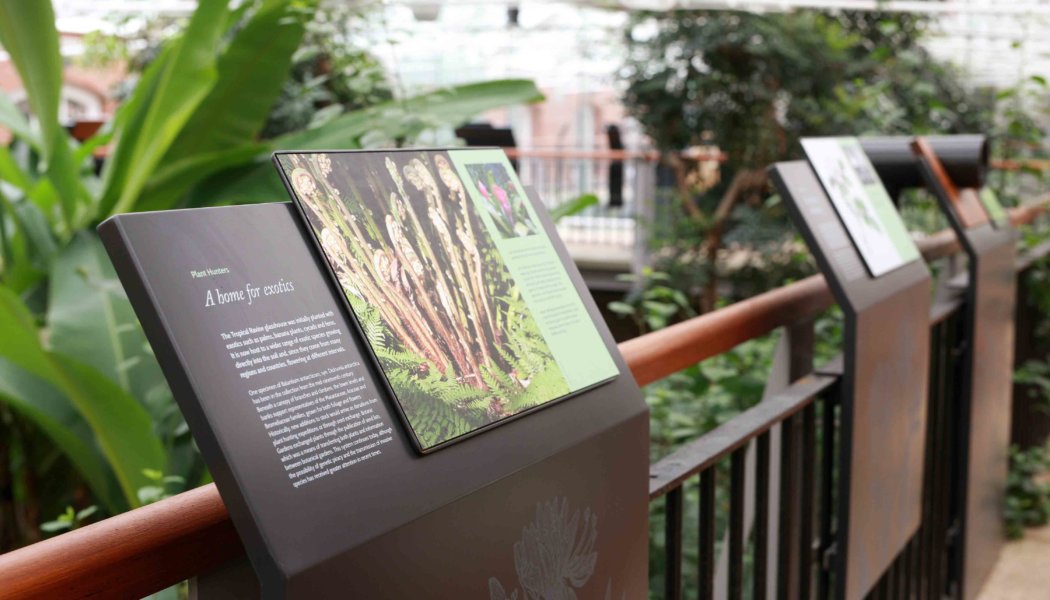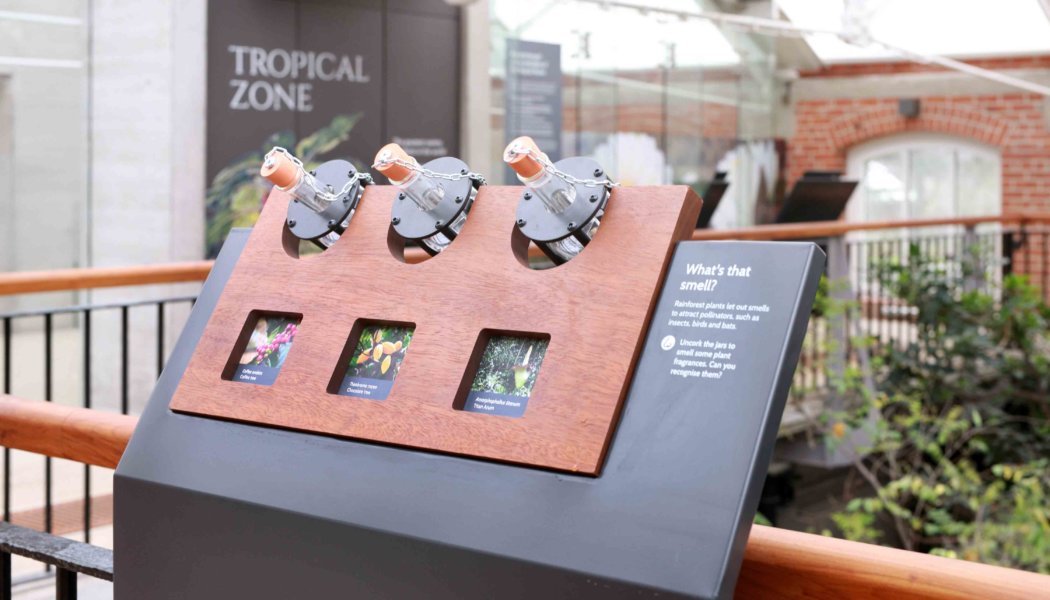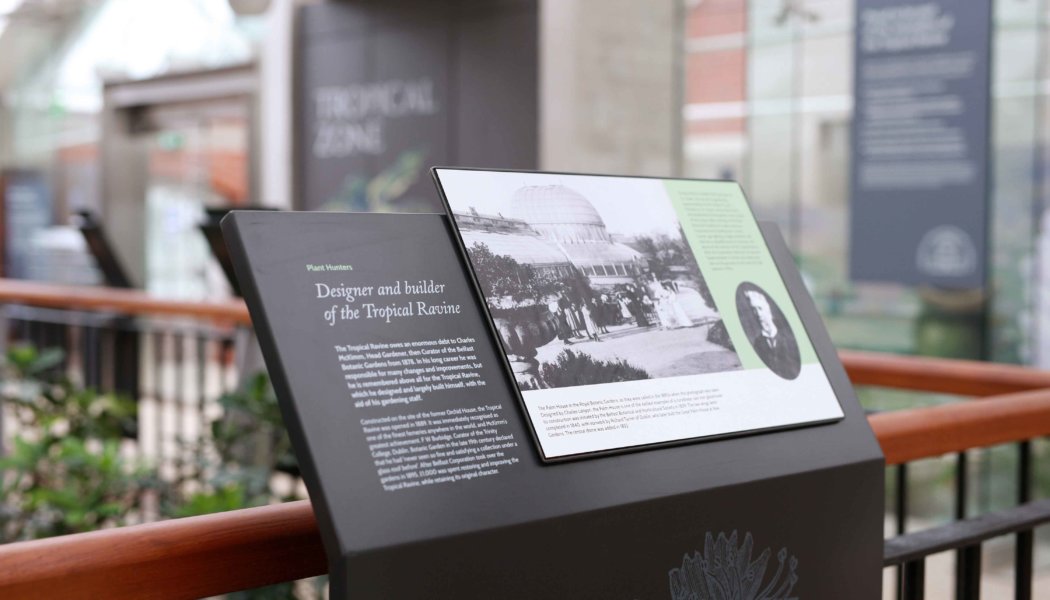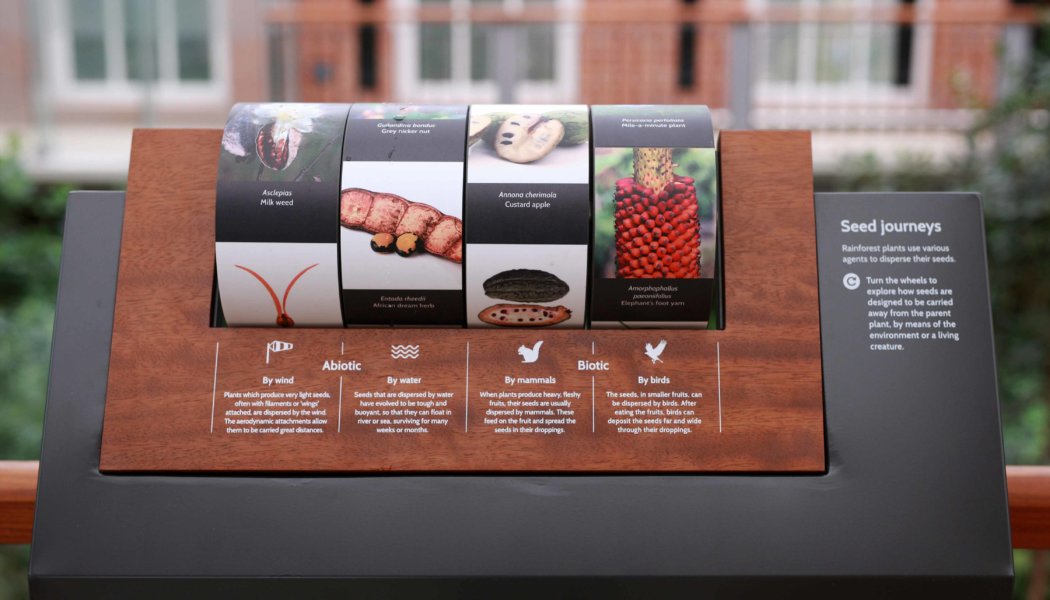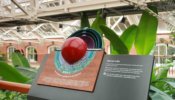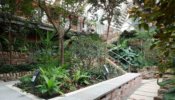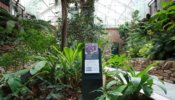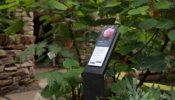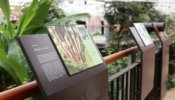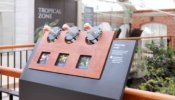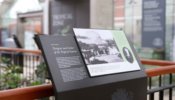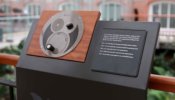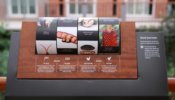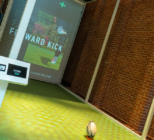The ravine has now been restored to its former glory, with a modern 21st century twist which will see it become one of Belfast’s most popular visitor attractions. The listed building, which dates back to 1887, has had many of its original Victorian features reinstated and preserved.
Marcon was responsible for the interpretive fit-out within the building consisting of the manufacture and installation of specialist setworks, manufactured from powder coated metalwork and treated timber graphic panels. Marcon also integrated the audio visual hardware and software into the physical and digital interactives within the building and have incorporated graphic panels within the external plinths and specialist stonework.
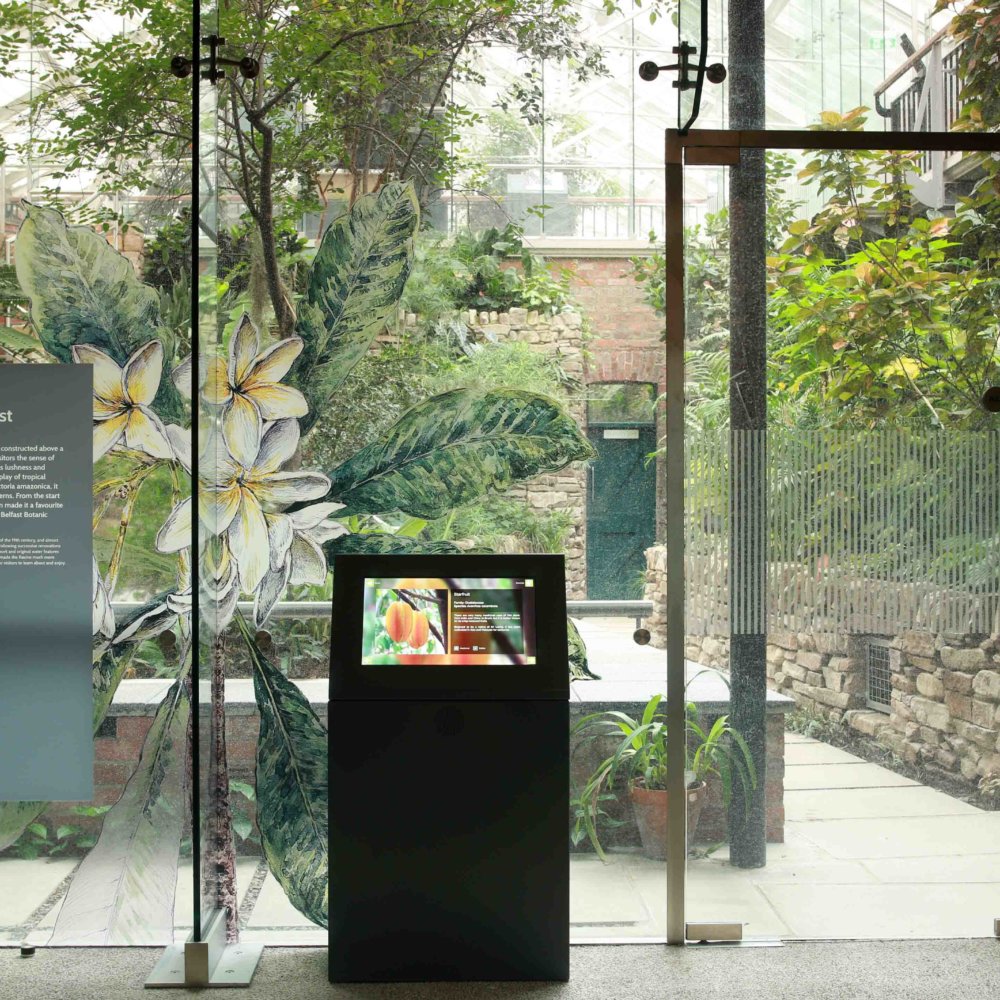
“This is a unique project in every sense of the word and it is wonderful to have played a key role in bringing the Tropical Ravine back to life,” said Martin McErlean, Heritage Contracts Manager, Marcon. “The new exhibition contains many interesting physical interactive elements for visitors of all ages – viewing periscopes, smell boxes, a climate zone globe, sliding magnifying glasses, audio posts and digital touch screens to name but a few. The main challenge that we faced from a fit-out perspective was the procurement of materials that will withstand being in a hot and humid, tropical environment. We have managed to achieve this and are very pleased with the quality of the project.”
Working closely with Belfast City Council and interpretive designers Houghton Kneale Design, Marcon’s heritage team added the finishing touches to the £3.8m restoration project. Funded by the Heritage Lottery Fund this project is a wonderful example of the importance of preserving our built environment.
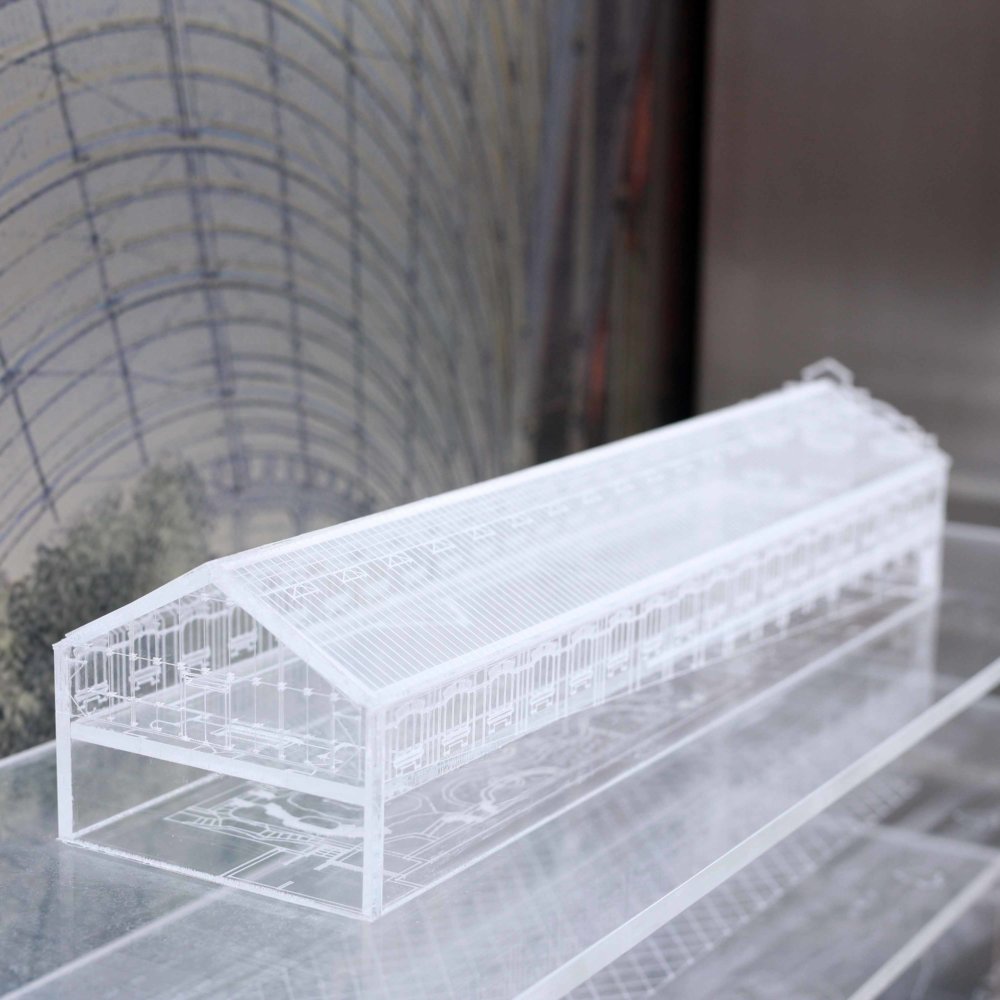
“This was a mammoth task and was more than three years in the making, but I think when people come and see it for themselves, they will agree it has been well worth the wait,” said Lord Mayor of Belfast Councillor Nuala McAllister, who officially reopened the Tropical Ravine. “The Tropical Ravine is a unique asset for Belfast and has always been a popular visitor attraction. Thanks to this spectacular makeover I have no doubt that it will continue to attract new visitors and will be a fantastic addition to our tourism offering.”
She said that before work started on the Tropical Ravine, many of the plants were temporarily moved into the Palm House or rehomed at Botanic Gardens’ glasshouses. The large cycads that couldn’t be shifted were covered and protected from reconstruction work and the cold. Some of the plants are estimated to be over 150 years old, ‘which made the restoration a remarkable feat’.
Mr Frank Caddy, Chair of the Friends of Botanic Gardens, which was closely involved in the restoration project, said: “The Tropical Ravine has been transformed into a fantastic visitor and educational space, an outstanding amenity that will last for future generations. We look forward to many more people enjoying these new facilities”.
The ravine is now split over two levels with an open reception area on the ground floor, and the building has been modernised to make it more energy efficient with new triple-glazed windows installed to retain heat and create the right environment for the exotic plants.
Over the past number of years Marcon has been responsible for the fit-out of a number of iconic museums and exhibitions across the UK and Ireland, namely the American Air Museum at IWM Duxford; UNESCO World Heritage Site Cromford Mills; RIBA Stirling Prize winning Hastings Pier; Titanic Belfast®; The Sill Landscape Discovery Centre in Northumberland, Kilkenny Medieval Mile Museum, Seamus Heaney HomePlace and the Belfast exhibition at Belfast City Hall.


